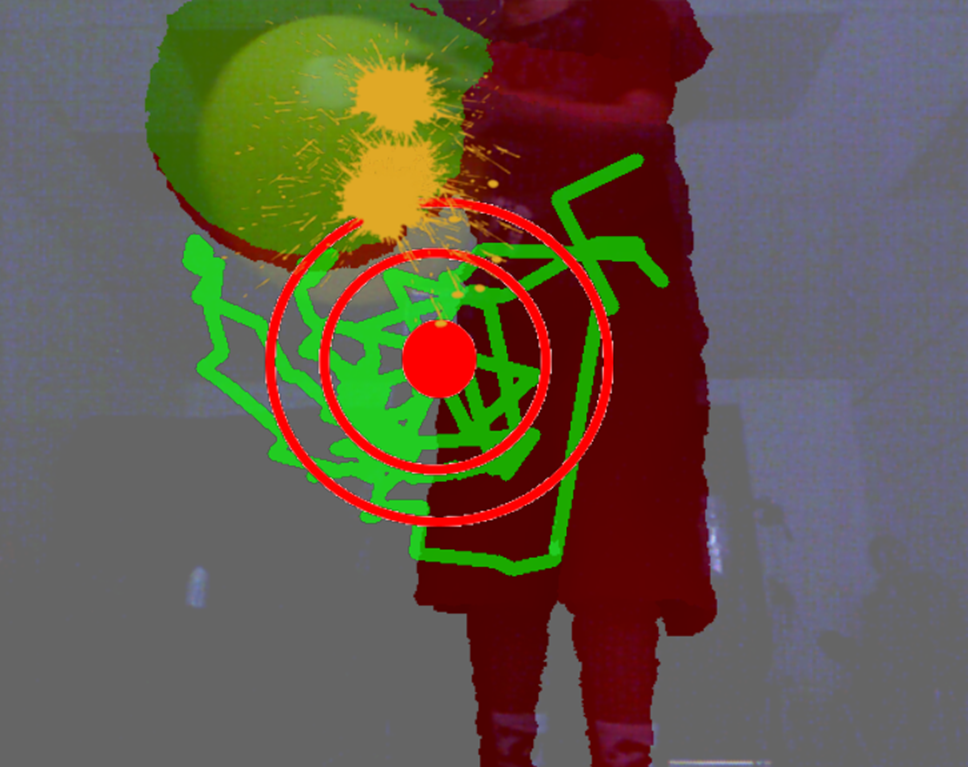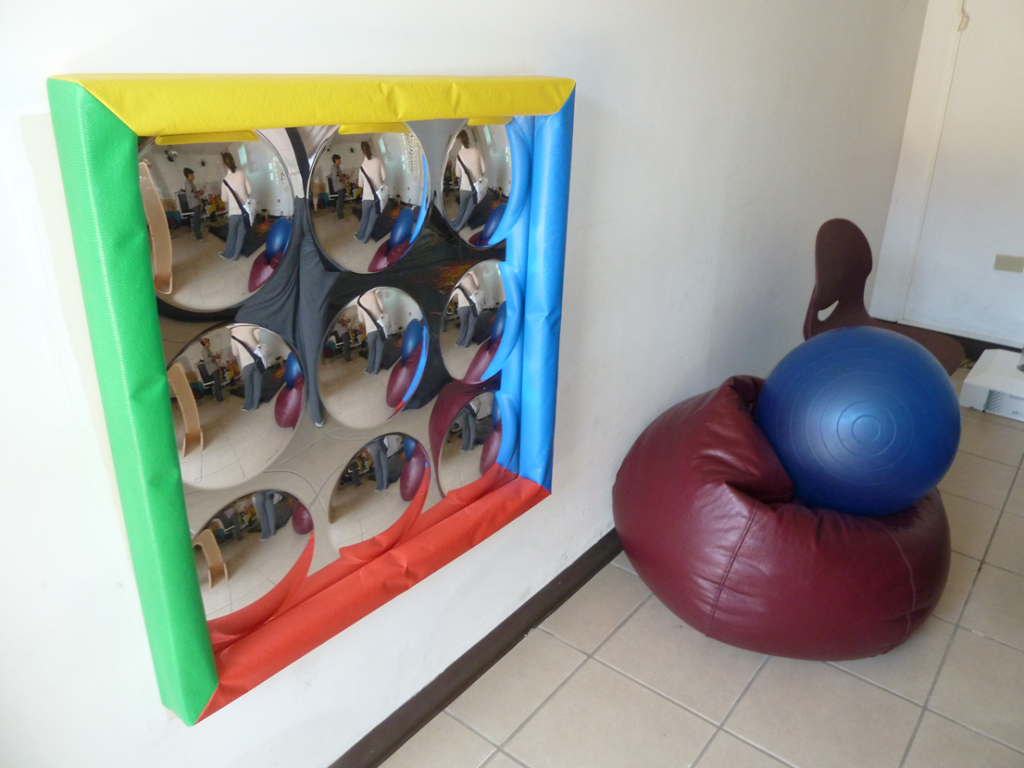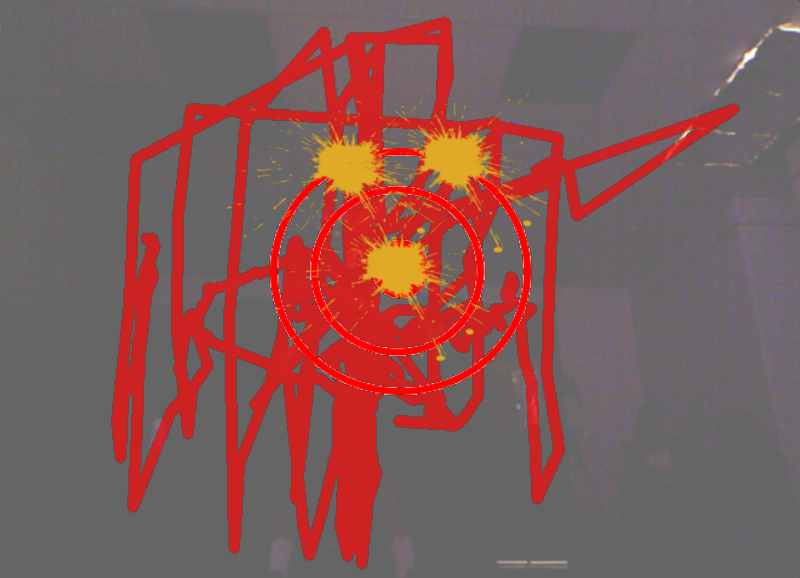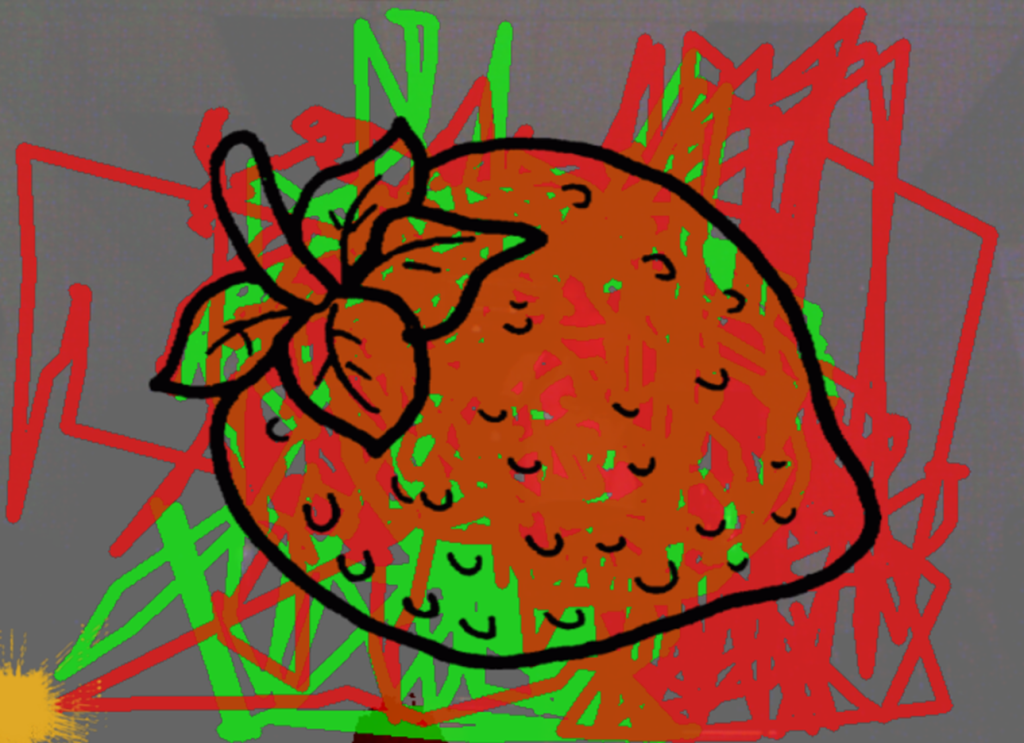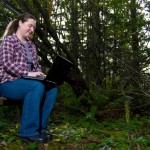Our lives are becoming increasingly intertwined with digital technology. People and technology work in tandem to create the context in which we spend our daily lived experiences. We use technology to connect to one another, both in the workplace and during our recreational time. Not only are we using technology to better connect to one another, but also to be understand ourselves.
In the field of Human-Computer Interaction, there is a whole sub-field of ubiquitous computing or the study of computing technology being embedded throughout our lives and society. The ubiquity of technology has been leveraged to help people keep track of their health, in the workplace, and has been commercially very successful for recreational use (Pokemon Go, anyone?).

An emerging field of research is Digital Mental Health, but what does that mean, exactly?
One area of interest is technology that supports (and/or treats) those looking to improve their mental health. This includes mental health apps for a mobile phone or website based care, for example. Technology will not necessarily replace traditional face-to-face therapies, but they could potentially augment them. A therapist might not always be readily available, but an app on a phone could be. Understanding the best way to design these apps is only beginning to be addressed by the research community.
Along the same lines is studying interventions that include technology in and for a clinical setting. This might include creating applications specific for a hospital setting or for out-patient groups. Another example might be building measures and treatments into a electronic medical record system. Users of these kinds of interventions would go beyond just thinking of a “patient” with mental health needs, but also doctors, nurses, and so on. One of the biggest hurdles here is the actual implementation of these tools – getting everyone in the system to actual adopt the technology, maintain it, and continue to use it so that it is effective.

Additionally, understanding the problems that might arise in digital spaces that lead to mental health problems can fall under the purview of “digital mental health.” This might include exploring the potential of “addictive” technology or spending too much time in front of screens. Research in this area might also look at perceptions of technology and how that might impact their use (or abandonment). Further, using some kinds of technology, such as social media, has the potential to be detrimental to a person’s mental health. In my own research, I’ve found that interacting in digital spaces can open up individuals to harassment and bullying.
Finally, understanding how people are already using technology to support their mental health. This includes how people already use technology as tools to support themselves and their mental healthcare needs. Individuals interested in improving their mental health may be using technology in a variety of ways. This includes personal tracking, using other apps, and connecting with others via social media.
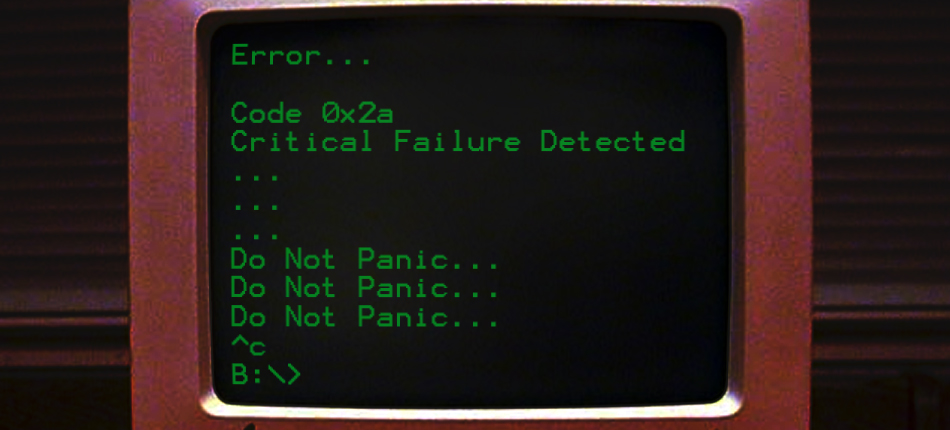
 I am happy to announce that our paper, “SensoryPaint: A Multimodal Sensory Intervention for Children with Neurodevelopmental Disorders” has received Best Paper Nomination at
I am happy to announce that our paper, “SensoryPaint: A Multimodal Sensory Intervention for Children with Neurodevelopmental Disorders” has received Best Paper Nomination at 